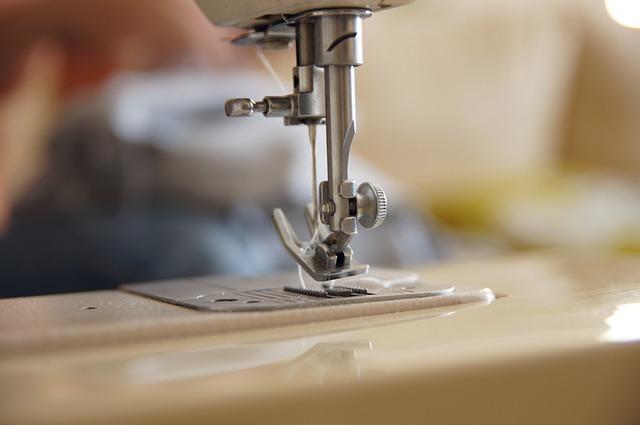Understanding Seamstress Roles Across Tailoring and Fabric Workspaces
Seamstress positions involve detailed garment work, from basic alterations to precision tailoring. Jobs are found in shops, studios, and production environments. • Tasks may include hemming, fitting, and material prep • Some roles use sewing machines, others require manual stitching • Entry roles often begin with support work or pattern prep • Hours may depend on order volume or client scheduling

What are the common tasks performed by seamstresses?
Seamstresses are responsible for a wide range of fabric-related tasks. Common tasks include garment repair, sizing adjustments, and stitching. When it comes to repairs, seamstresses mend tears, replace zippers, and fix seams to extend the life of clothing and other textile items. Sizing adjustments are another crucial aspect of their work, as they alter garments to ensure a proper fit for individual customers. This may involve taking in or letting out seams, hemming pants or skirts, or adjusting sleeve lengths.
Stitching is a fundamental skill for seamstresses, as they use various techniques to join fabric pieces together, create decorative elements, and finish edges. This can include straight stitching, zigzag stitching, buttonholes, and appliqué work. Seamstresses may also be responsible for creating entire garments from patterns, which requires precision in cutting fabric and following detailed instructions.
What types of sewing machines do seamstresses use?
Roles may require experience with industrial or home sewing machines, depending on the work environment and specific job requirements. Home sewing machines are typically used in small tailoring shops or by seamstresses who work independently. These machines are versatile and can handle a variety of fabrics and stitching techniques for general alterations and small-scale projects.
Industrial sewing machines, on the other hand, are designed for high-volume production and specialized tasks. They are commonly found in manufacturing facilities and large alteration shops. These machines are often more powerful and faster than home machines, allowing seamstresses to work efficiently on heavier fabrics or perform repetitive tasks quickly. Some industrial machines are designed for specific functions, such as serging, buttonholing, or embroidery.
How do entry-level seamstress roles differ from experienced positions?
Entry-level seamstress roles often start with support and prep work, allowing newcomers to gain practical experience and develop their skills. In these positions, individuals may be responsible for tasks such as:
-
Cutting fabric according to patterns
-
Preparing materials for stitching
-
Assisting with simple alterations under supervision
-
Threading machines and changing needles
-
Organizing work areas and managing supplies
As seamstresses gain experience and demonstrate proficiency, they may take on more complex tasks and responsibilities. Experienced seamstresses often work independently on challenging alterations, create custom garments, and may even specialize in specific areas such as bridal wear or theatrical costumes.
What is the workflow like in production-based seamstress positions?
Production-based positions follow repeatable workflows and pattern cuts, focusing on efficiency and consistency in large-scale manufacturing environments. In these roles, seamstresses typically work on assembly lines, with each individual responsible for a specific part of the garment-making process. This approach allows for high-volume production while maintaining quality control.
The workflow in production-based positions often includes:
-
Receiving pre-cut fabric pieces
-
Following standardized patterns and instructions
-
Operating specialized machinery for specific tasks
-
Adhering to quality control standards
-
Meeting production quotas and deadlines
Seamstresses in these roles may specialize in particular garment components, such as collars, sleeves, or pockets, becoming highly skilled in their specific area of expertise.
What information do applicants typically seek about seamstress jobs?
Applicants often ask about material types and shift availability when considering seamstress positions. Understanding the types of materials they will be working with is important, as different fabrics require varying techniques and levels of expertise. Some seamstresses may specialize in delicate fabrics like silk or lace, while others may work primarily with durable materials like denim or leather.
Shift availability is another crucial factor for many applicants. Seamstress jobs can vary widely in terms of work schedules, depending on the employer and industry. Some positions may offer standard daytime hours, while others might require evening or weekend shifts, particularly in retail alterations or production environments with extended operating hours.
Other common questions from applicants include:
-
Opportunities for skill development and advancement
-
Required certifications or training programs
-
The balance between alterations and custom garment creation
-
Typical salary ranges and benefits
-
Workplace environment and team dynamics
Understanding these aspects of seamstress roles across various tailoring and fabric workspaces can help potential applicants make informed decisions about their career paths in this diverse and skilled profession.




